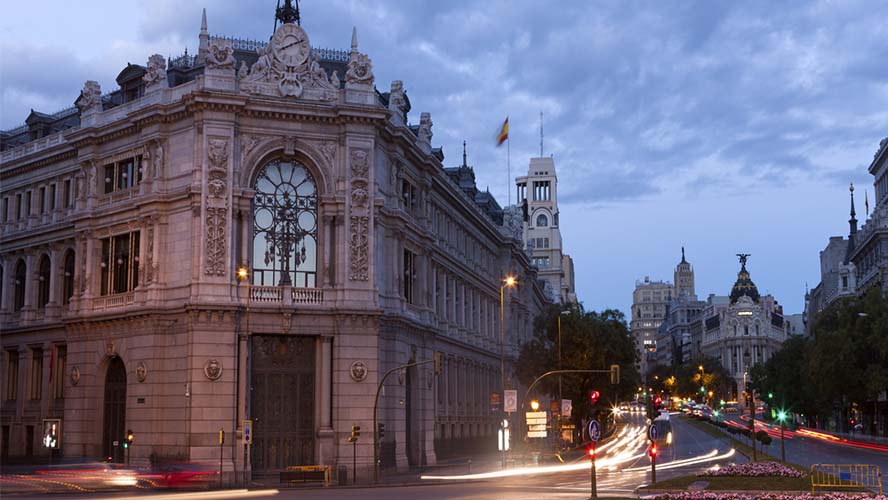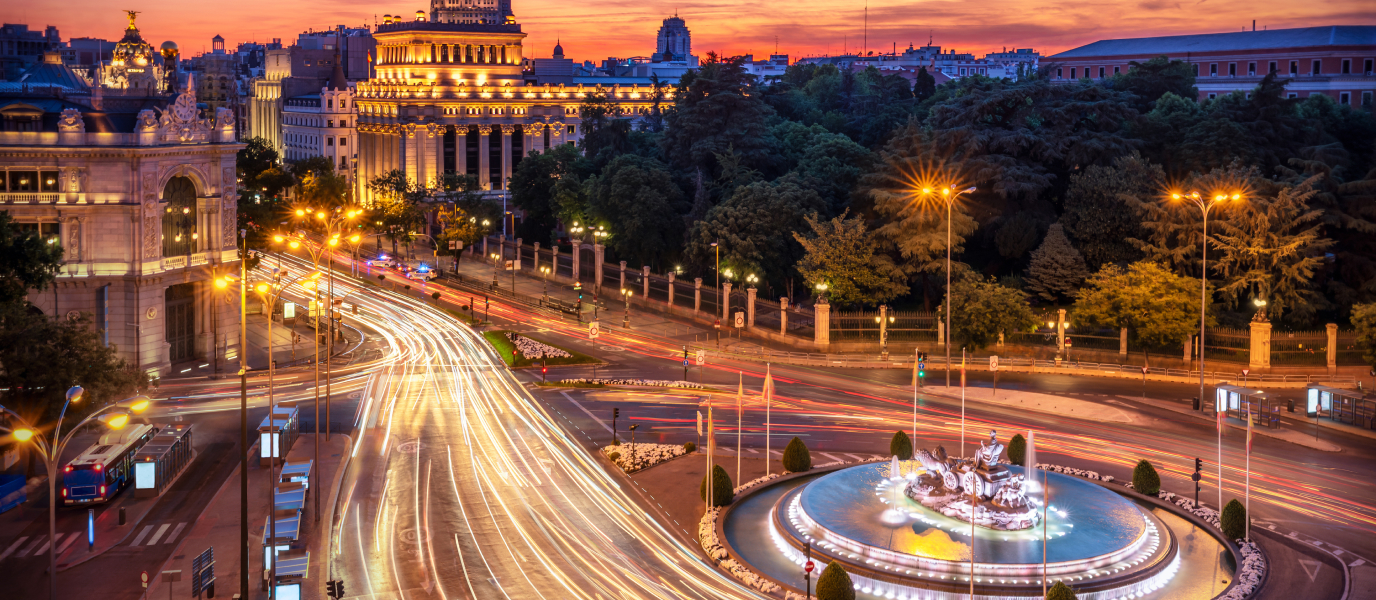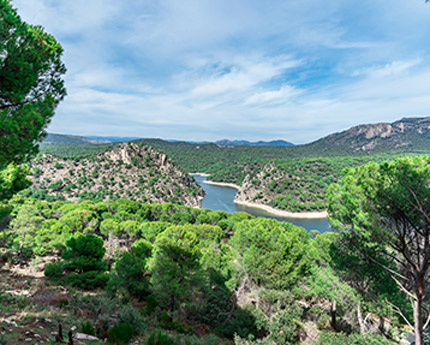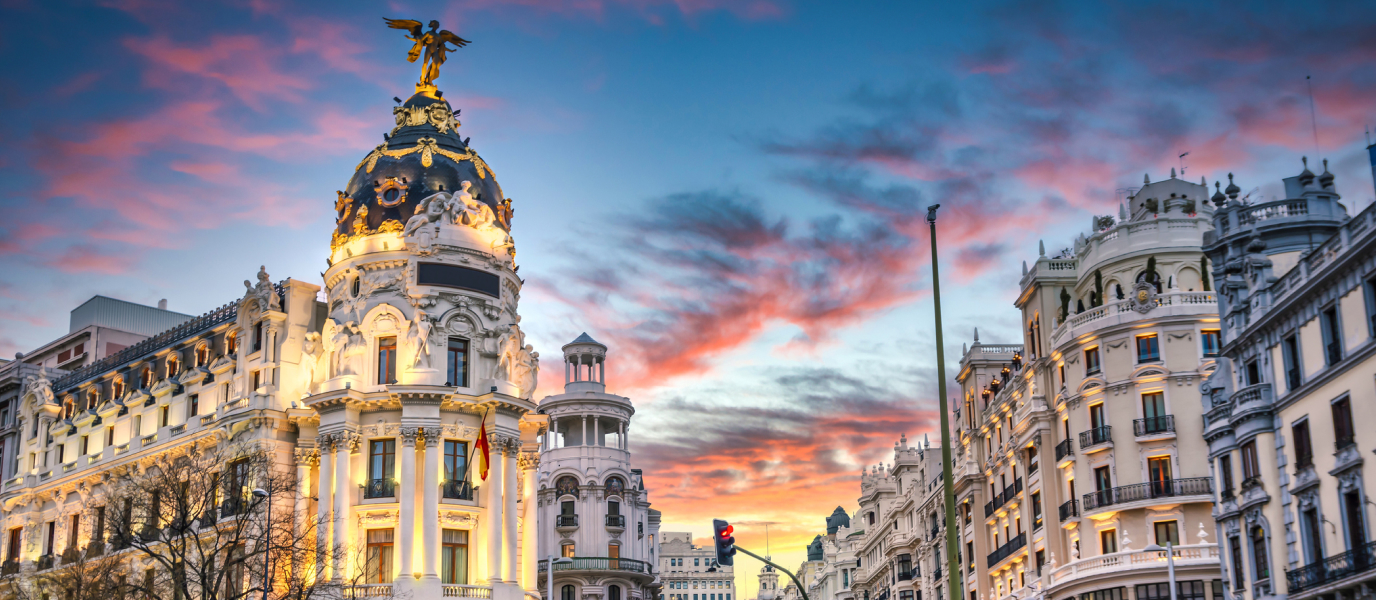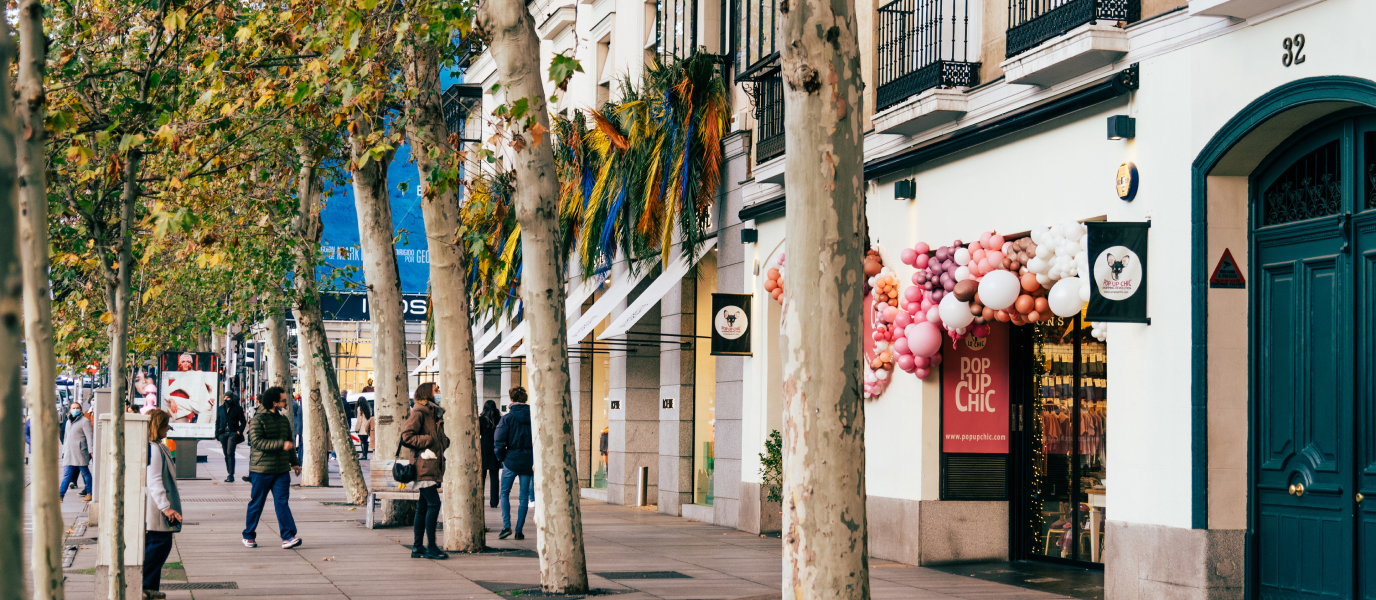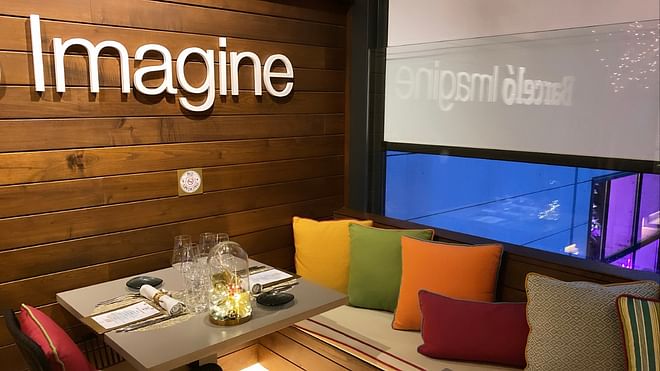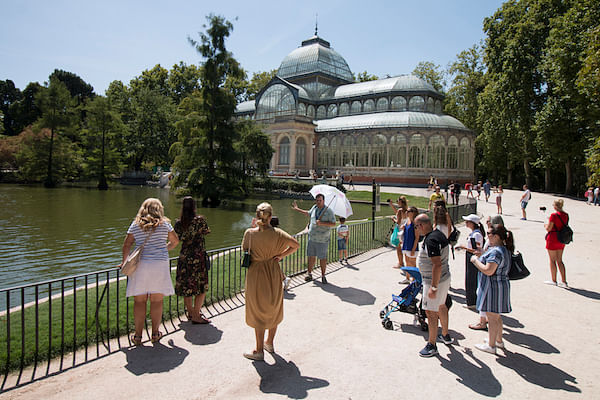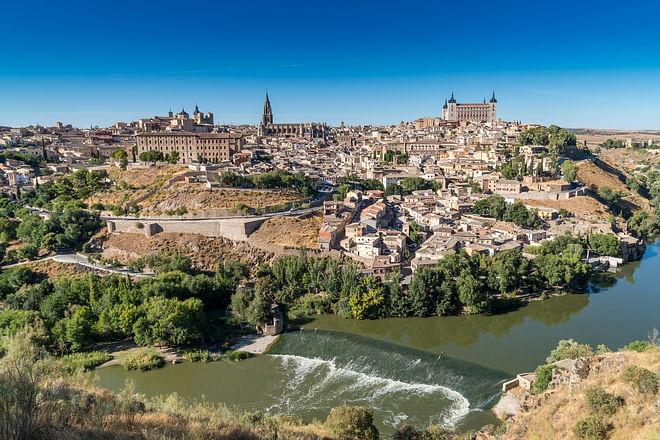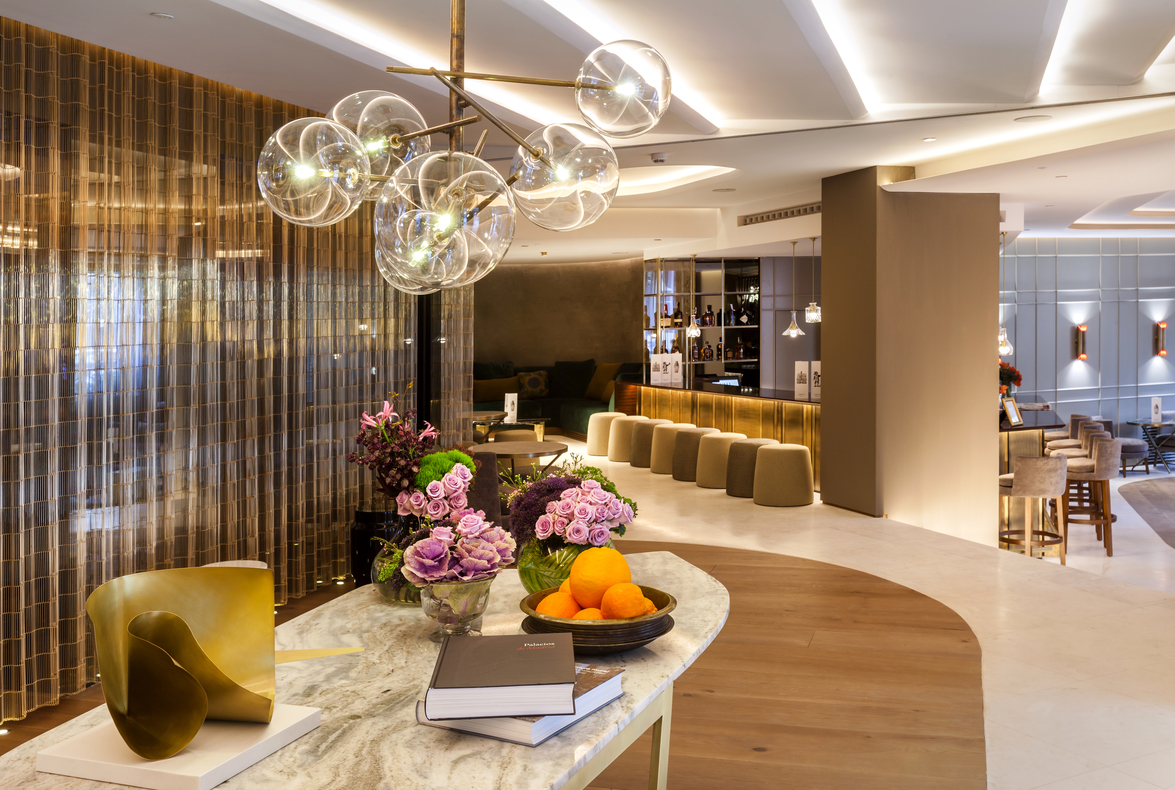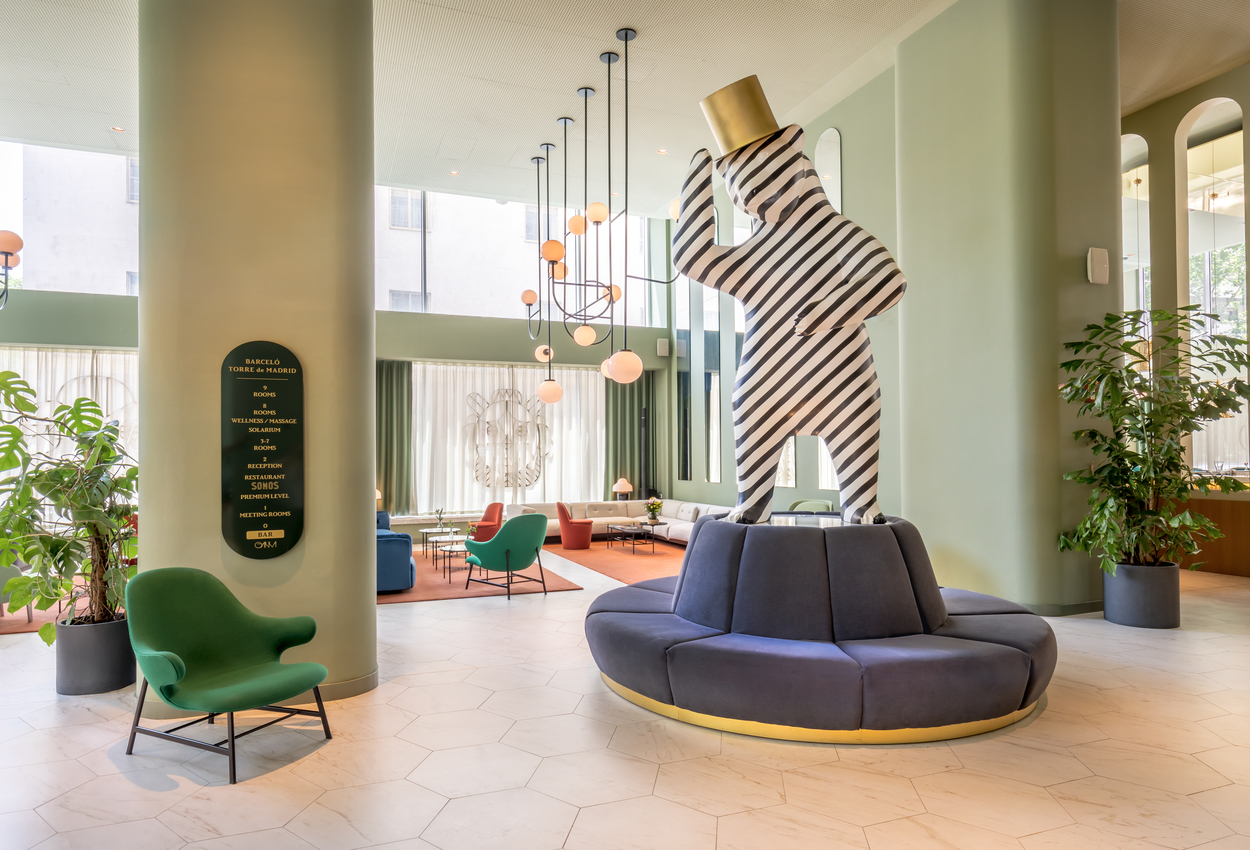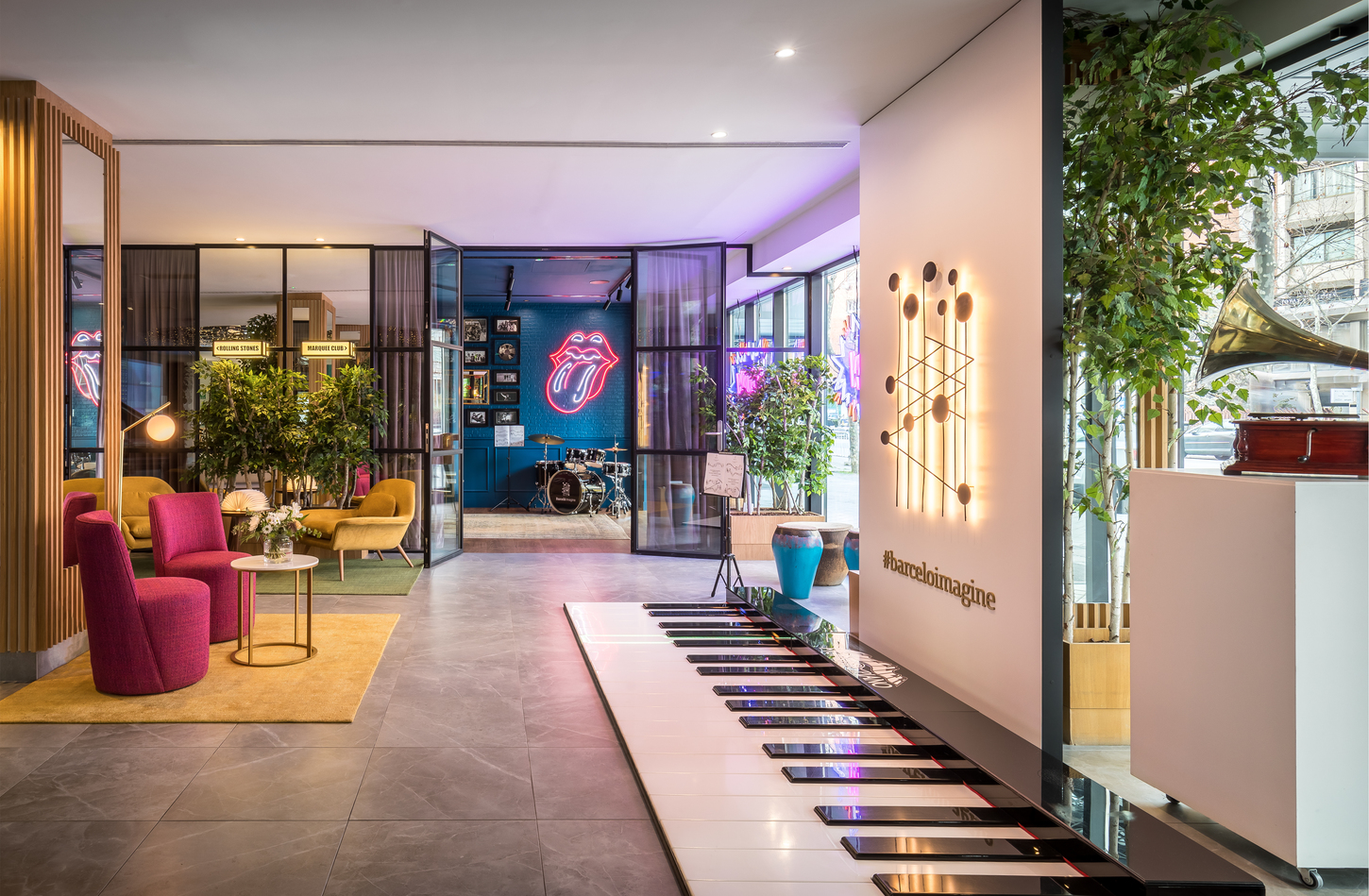Riding on a chariot drawn by two lions, the Roman goddess Cibeles [Ceres] peers from the eighteenth century at the Plaza de Cibeles. The monumental fountain of Cibeles, situated in the middle of the great crossroads formed by two historic streets (Calle Alcalá and the Paseo del Prado / Paseo de Recoletos) attracts the gaze and the flashing cameras of the tourists all day long. This emblem of Madrid lends its name to the space surrounded by flagship buildings such as the Palacio de Comunicaciones, the present-day Town Hall of Madrid; the Bank of Spain; the Palacio de Linares or Casa de América; and the Palacio de Buenavista which serves as the Army General Barracks.
Fuente de Cibeles and Real Madrid
The Fountain was designed by the prominent architect Ventura Rodríguez and depicts the Roman goddess, who symbolises the earth, fertility and farming. Her image, in the form of a woman, sits on a chariot drawn by two lions that represent two other mythological figures: Hippomenes and Atalanta. The three figures were sculpted in marble, while the rest of the sculpture is in stone. Francisco Gutiérrez was responsible for the carving of the figure of the goddess, and the Frenchman Roberto Michel sculpted the lions.
Although we now only appreciate the fountain’s ornamental function, at the start of its life the Fuente de Cibeles clearly performed a public service. From its construction in 1782 until 1862, its two jets supplied water. One of them provided water to the water carriers, who took water to private dwellings, while the other was used to supply the public. The water from the basin was not wasted either, as that provided drinking water for the horses.
If all this is new to you, or seems to belong in the distant past, you are much more likely to have heard of the Fuente de Cibeles as the favoured spot for celebrating victories in certain sports contests. It is, in fact, the mecca of the so-called Madridistas, the fans of Real Madrid football team. Just like the Fuente de Neptuno is for the fans of Atlético de Madrid. After one or two mishaps occurred during past celebrations, care is now taken to ensure that the figures are not damaged.
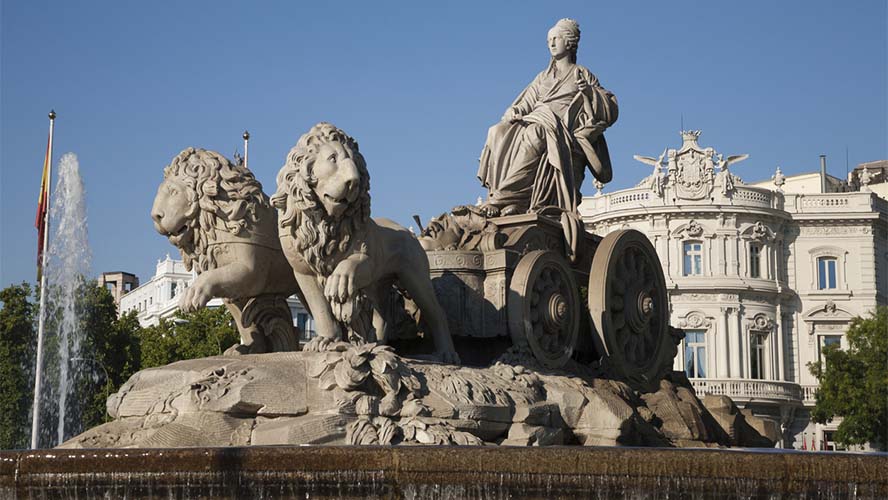
The Palacio de Cibeles
Since 2011 it has been called the Palacio de Cibeles—although it is far from unusual to hear Madrid residents still referring to it as the Correos (Post Office) building or the Palacio de Comunicaciones, because formerly it housed the headquarters and management of the postal service. Nowadays, it is the Town Hall, the headquarters of Madrid’s City Council. It also houses CentroCentro, a comprehensive cultural space offering restaurants and a wealth of exhibitions, cultural activities and events.
It is, moreover, the perfect place to stop off for lunch during any sightseeing expedition, either in the ground-floor bar or in the restaurant on the sixth floor; to rest in its relaxation areas (free Wi-Fi); or to enjoy the excellent views of Plaza de Cibeles in its entirety afforded by the building’s viewing point.
The history of the Palacio de Cibeles is worth mentioning because the palace was built on the site once occupied by the former Jardines del Buen Retiro and because this project was overseen, between 1904 and 1918, by the renowned architects Antonio Palacios and Joaquín Otamendi. This vast building, which occupies an area of over 30,000 m2, was one of the capital’s first examples of Modernist architecture. The most eye-catching aspects of its façade are the two pentagonal towers, along with the central octagonal cupola.
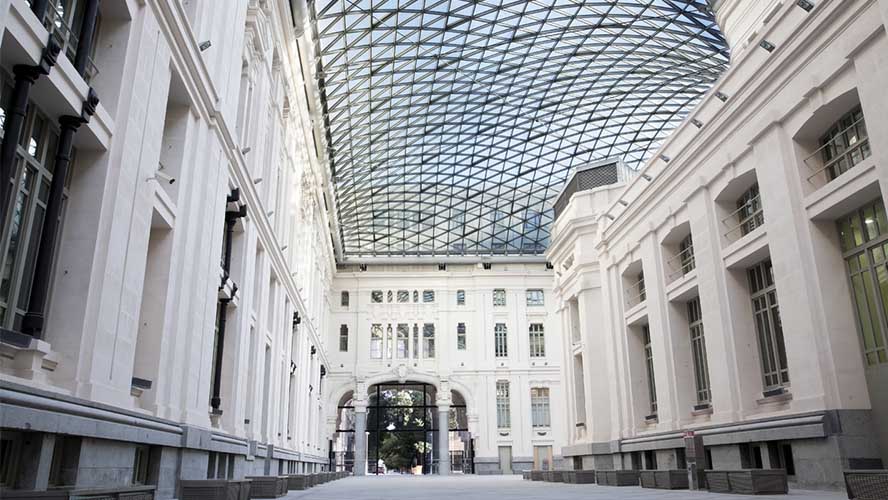
The Palacio de Linares
On the corner of Calle Alcalá and Paseo de Recoletos stands the Palacio de los Marqueses de Linares, a sumptuous late nineteenth-century edifice. This remarkable building, headquarters of the Casa de América, is another sight not to be missed as you stroll through the Plaza de Cibeles. And if you love ghost stories, you’re in luck because this is one of the buildings that forms part of the Magical Madrid tours.
The architects responsible for the project were Carlos Colubí, Adolf Ombrecht and Manuel Aníbal Álvarez. Also involved were painters of the calibre of Francisco Pradilla, Manuel Domínguez and Alejandro Ferrant. The palace has four floors (basement, mezzanine, main floor and a third floor), as well as a lower basement. The building’s exterior has a certain grandeur, but this is nothing compared with the splendour of the interior, with its vast array of tapestries, gilded decorative features, exotic wood flooring, grandiose lamps and opulent rugs.
Check the programme of events because, since this is the headquarters of the Casa de América, you may well have the chance to enjoy cultural events in situ. Alternatively, you could join a guided tour (some tours are dramatised), or you could enjoy the garden while having dinner or a drink in the restaurant.
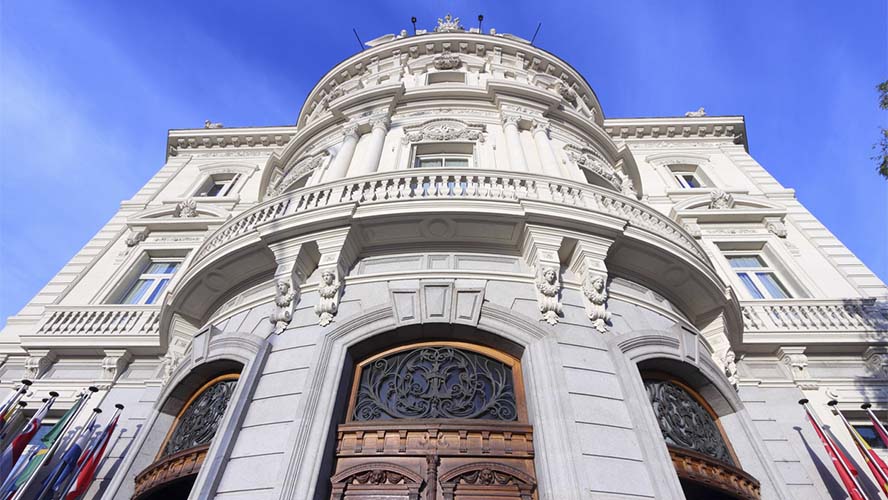
The Palacio de Buenavista
On the other side of the Plaza de Cibeles and opposite the Palacio de Linares, is the Palacio de Buenavista, the enviable location of the Army General Barracks. For reasons of security, the palace is surrounded by a wall and railings to prevent access.
This mansion, surrounded by trees and occupying an elevated position, was once the residence of the Duke and Duchess of Alba. It was built in 1767 on an estate known as the Altillo de Buenavista, hence its name. The present building was erected in 1777 by the thirteenth Duchess of Alba following the demolition of the previous building. Its architect was Pedro de Arnal, and its style reveals Italian and French influences.
This place housed great works of art such as Velázquez’s La Venus del espejo [The Rokeby Venus] and Rafael’s Madonna de Alba—but it eventually became the headquarters of the Ministry of War in 1847. The Alba family moved to the Palacio de Liria and this building was then adapted to its new role as a military barracks.
[experiencia id=”559359″ formato=”h”]
The Banco de España
The head office of the Bank of Spain stands opposite the Palacio de Cibeles, on the junction of the Paseo del Prado and Calle Alcalá. After a succession of moves, this venerable institution chose to establish its headquarters at the splendid palace of the Marqués de Alcañices. After the necessary alterations had been carried out (the first stone of which was laid by King Alfonso XII himself in 1884) and after successive extensions, what we see today is a truly monumental edifice. If you consider the façade impressive, wait until you see the interior with its gorgeous central staircase, Bohemian lamps and paintings by great artists—not to mention the chamber where the gold is kept, 36 metres below ground level. On the roof of the building, a helipad can be seen, but is no longer in use.
Thanks to its location, its awe-inspiring monuments and its place in the affections of Madrid’s inhabitants, Plaza de Cibeles is a place that every visitor to Spain’s capital must see.
